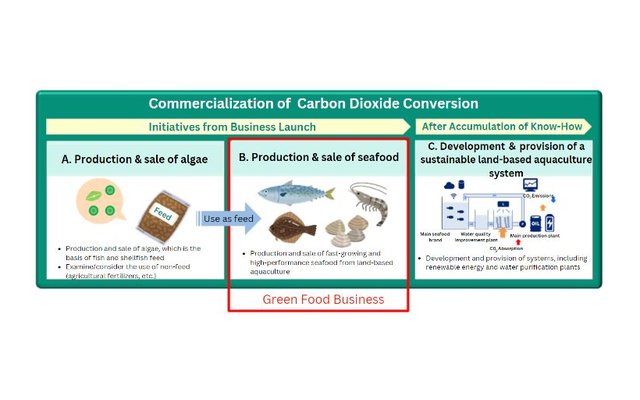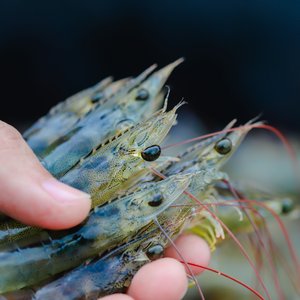Japanese-based group, NTT Corporation, formally launched NTT Green & Food Corporation, a company using artificial intelligence, IoT and other information communications technologies to develop more efficient and sustainable aquaculture systems. The new organization, a joint venture with Regional Fish Institute, initially aims to solve future food shortages while mitigating negative environmental impacts associated with onshore seafood production.
The company initially has three business lines.
The first is the production and sale of algae. By utilizing NTT technologies including algae breeding technology—mass cultivation technology that adjusts to achieve the optimal temperature, humidity, nutrients and light intensity for algae production—it is possible to engineer the algae to store more carbon dioxide in their bodies than usual while also activating photosynthesis and increasing the growth rate of the plants. NTT Green & Food will initially provide algae to aquaculture operators and farmers facing soaring feed and fertilizer costs due to recent price surges in raw materials.
The second is the production and sale of seafood. By utilizing the algae developed in Process A as a food fish source, NTT Green & Food aims to increase the growth rate for regional fish. In addition, by utilizing breeding-improvement technology in land-based aquaculture facilities, NTT Green & Food can reduce the impact of natural disasters and the risk of infectious diseases on production. Furthermore, recycling breeding water containing excrement from fish and shellfish as nutrients for algae will minimize water waste. The seafood produced from this project will be provided to distributors, wholesalers and processors.
The last business line is the development and provision of a sustainable land-based aquaculture system. Finally, the company will develop a holistic, land-based aquaculture system to produce the consumables outlined in processes A and B. This system will consist of three plants: a plant that produces fish and shellfish, a plant that produces the algae to feed them and a water purification plant that purifies fish and shellfish waste. Full commercialization would include sales of the system to third parties through NTT Corporation and its operating companies.
NTT Green & Food aims to achieve revenues of about $70 million in about five years, and over $200 million in around a decade.













